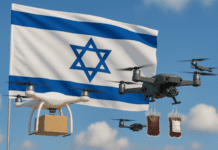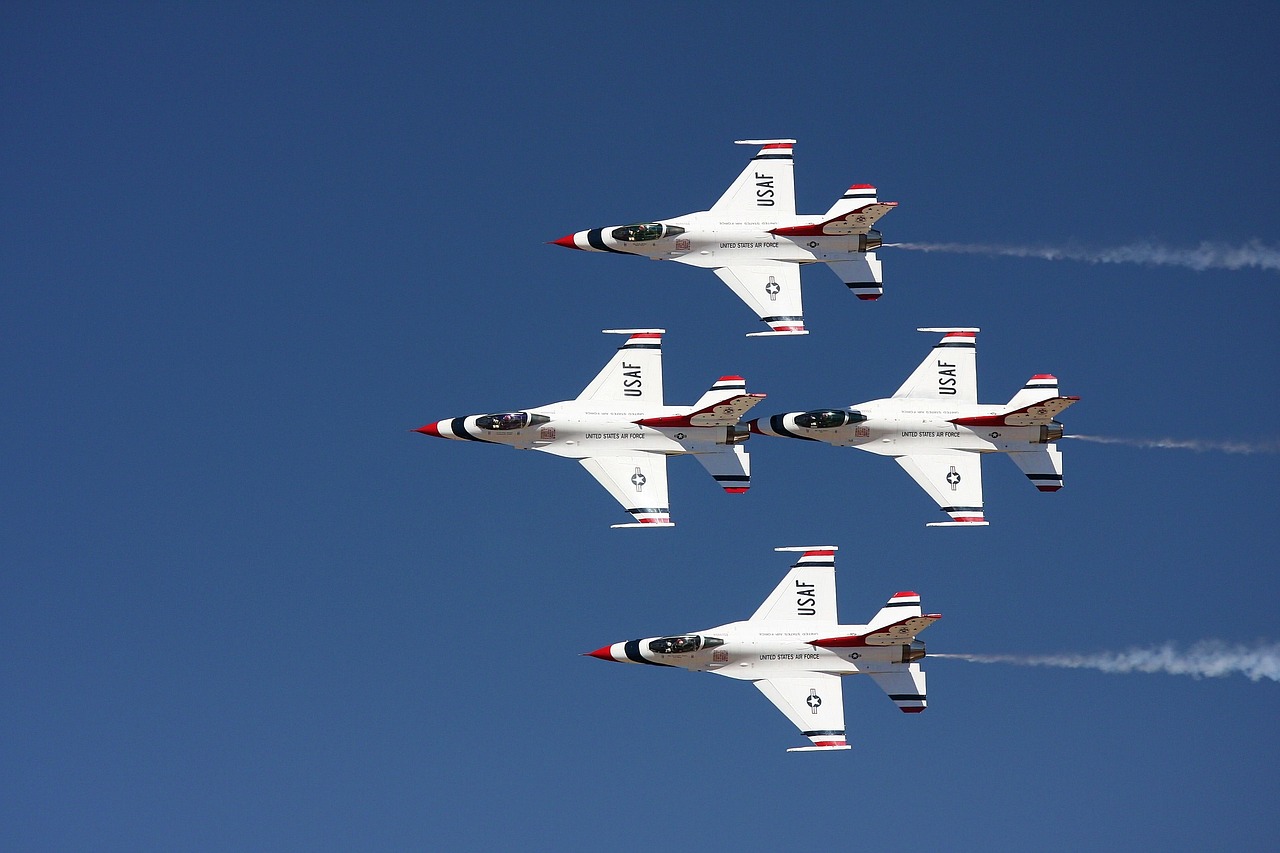This post is also available in:
 עברית (Hebrew)
עברית (Hebrew)
Northrop Grumman recently showcased the second phase of its Deep Sensing and Targeting (DSaT) system during the Vanguard 24 exercise, an annual military experiment hosted by the U.S. Army at Fort Huachuca, Arizona. This innovative technology transforms ordinary civilian aircraft into advanced flying data centers, enabling real-time processing of intelligence gathered from satellites, drones, and reconnaissance aircraft.
The Vanguard 24 event is an exercise for testing military sensors and surveillance systems, focusing on improving the Army’s operational capabilities. The DSaT system is designed to gather space-based data for long-range airborne precision strikes, addressing specific gaps and enhancing the effectiveness and range of Army platforms.
A key feature of DSaT is its integration with Northrop Grumman’s portfolio, allowing it to collect intelligence beyond the visual line of sight of traditional sensors. By combining DSaT with the Army’s High Accuracy Detection and Exploitation System (HADES), Northrop Grumman aims to provide a comprehensive solution for Intelligence, Surveillance, and Reconnaissance (ISR) and targeting.
“DSaT demonstrates our capability to move data at the speed of future warfare to best support the warfighter’s targeting needs,” stated Pablo Pezzimenti, Vice President of Integrated National Systems at Northrop Grumman. He emphasized that delivering space-based data to an aircraft enhances flexibility, enabling faster decision-making in critical situations.
During the demonstration, the DSaT system effectively processed multiple sources of intelligence from both commercial and military satellites. It relayed crucial targeting information to ground forces, and used tactical radios, facilitating communication both within and beyond direct line of sight. Unlike fixed ground stations, which can suffer from terrain or distance-related disruptions, the airborne DSaT system maintains a consistent connection, ensuring reliable data flow.
The DSaT system not only improves efficiency and accuracy through automation and intelligence analysis but also offers rapid data relaying, essential for modern warfare. Northrop Grumman’s demonstration at Vanguard 24 underscores its commitment to advancing military capabilities and enhancing the Army’s tactical edge.


























